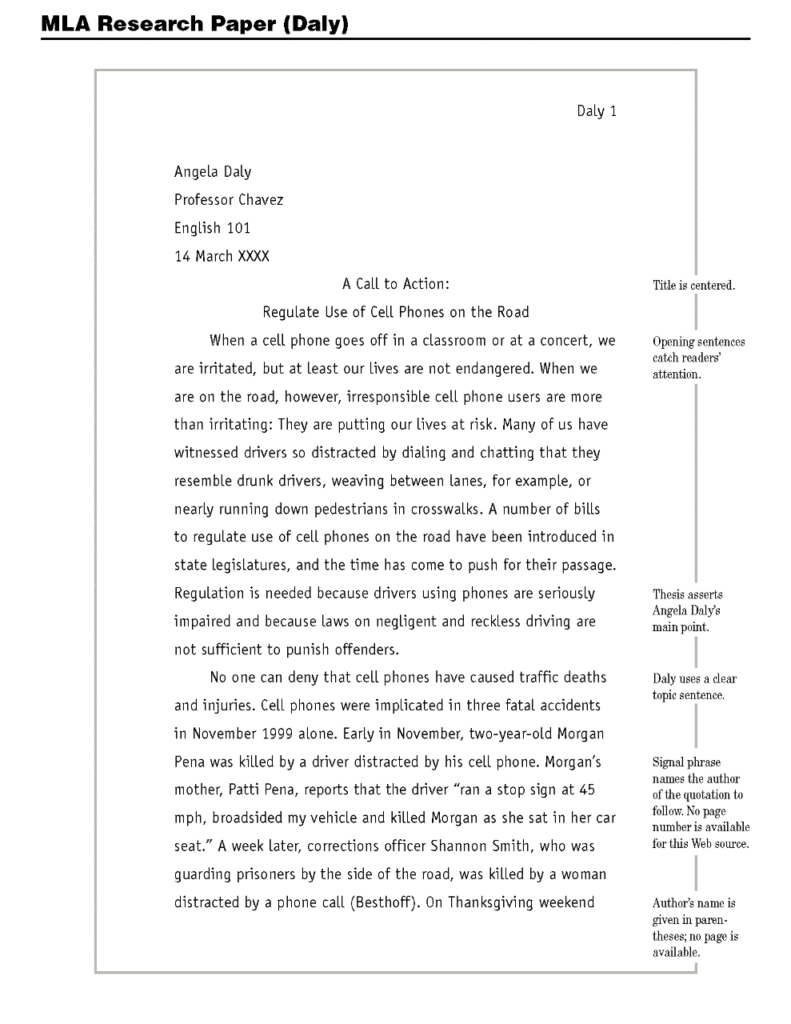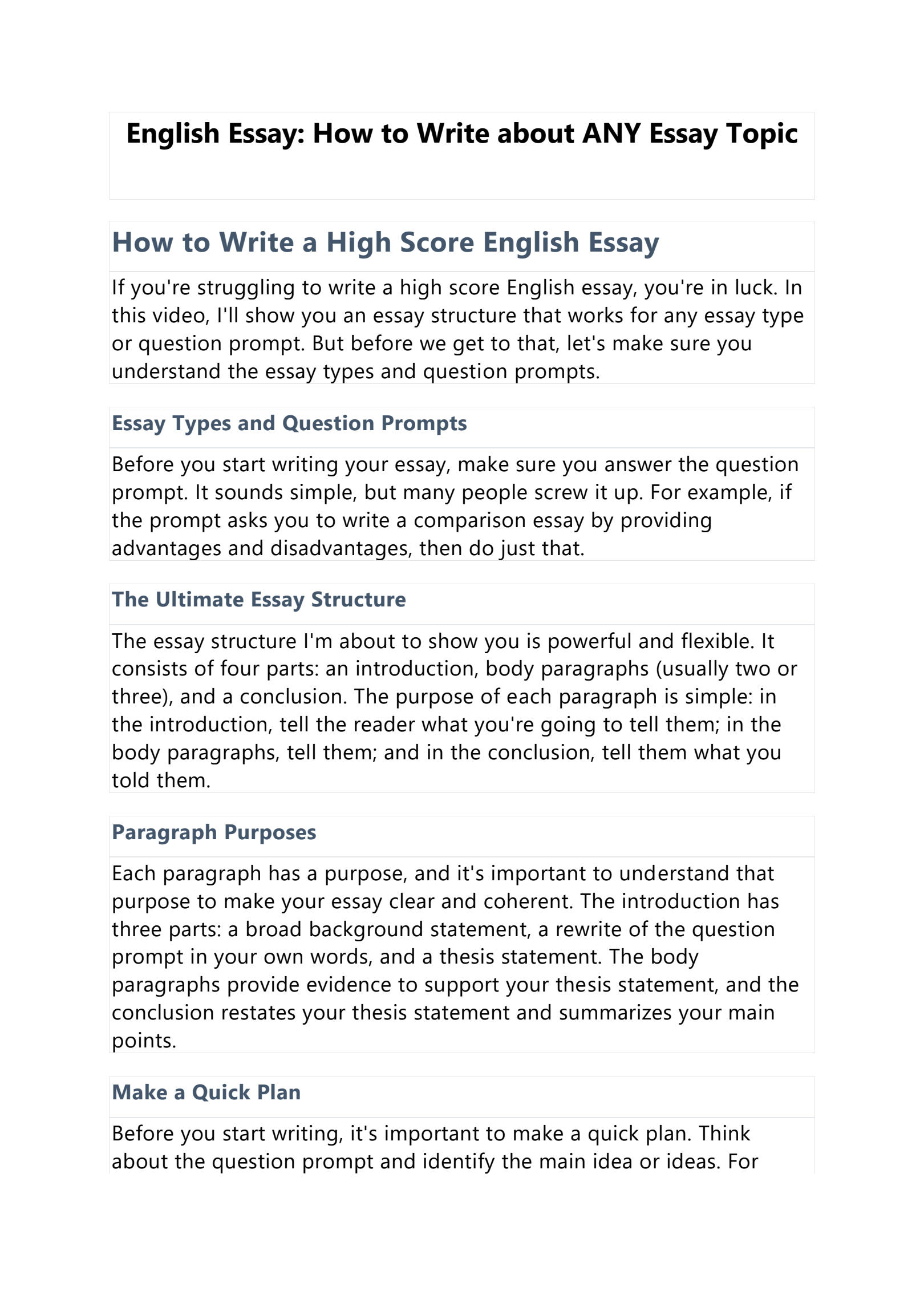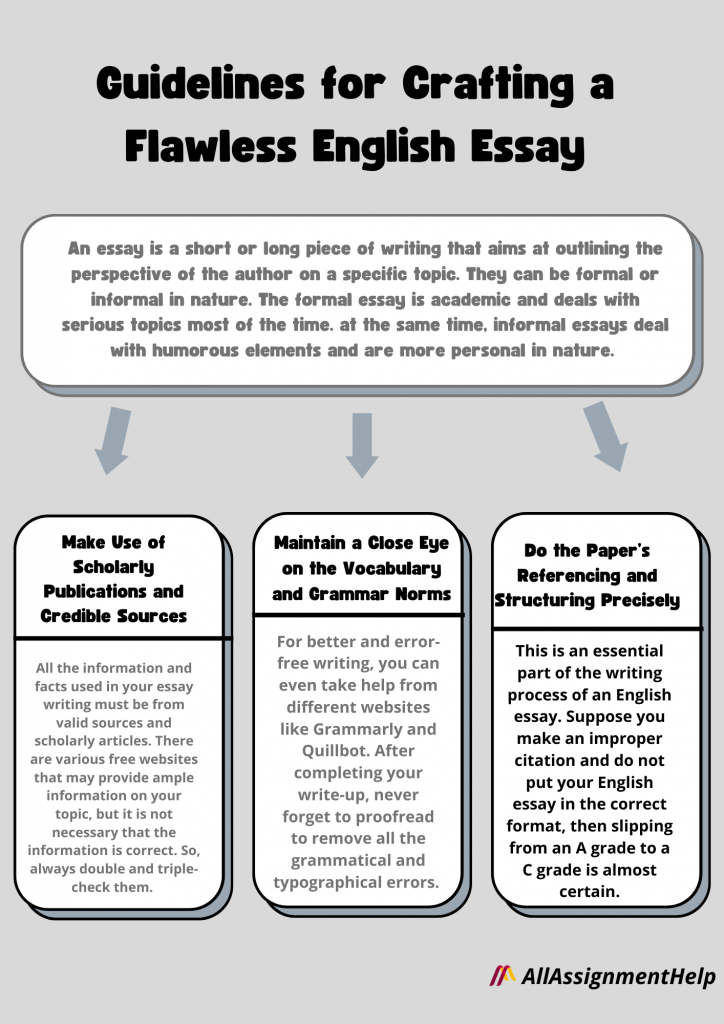Mastering Essay Format: A Comprehensive Guide for Success
Mastering Essay Format: Your Go-To Guide for Success
So, you’re staring at a blank page, and the thought of writing an essay is making you sweat, right?
You’re not alone.
Getting the essay format right can be tricky.
But don’t worry.
I’m here to break it down for you.
Let’s dive into mastering essay format, covering everything from structure to style, so you can write essays that not only meet academic standards but also grab your reader’s attention.
Understanding Essay Structure
First up, let’s talk about the backbone of your essay: the structure.
Every good essay has three main parts:
- Introduction
- Body
- Conclusion
1. Introduction
This is where you set the scene.
Your introduction should:
- Start with a hook: Grab your reader’s attention with a question, quote, or interesting fact.
- Provide context: Give some background info on your topic to help your reader understand.
- State your thesis: This is your main argument. Make it clear; it’ll guide your writing.
2. Body
Now, let’s get into the meat of your essay.
The body is where you develop your ideas.
Here’s how to keep it clear and focused:
- One main point per paragraph: Start each paragraph with a topic sentence that introduces the main idea.
- Use evidence: Support your points with quotes, stats, or real-life examples. This makes your argument stronger.
- Logical flow: Organise your paragraphs in a way that makes sense. You can go chronologically, thematically, or by how strong your arguments are.
3. Conclusion
This is your chance to wrap things up nicely.
Your conclusion should:
- Restate your thesis: Remind readers of your main argument, but don’t just copy and paste.
- Summarise key points: Highlight the main arguments from the body.
- End with a bang: Leave your readers with something to think about—maybe a call to action or a thought-provoking question.

Essay Organisation Techniques
Once you’ve got the basic structure down, let’s add some spice with different organisation techniques.
Chronological Structure
This is great for essays about events.
If I were writing about the history of the internet, I’d lay it out from the early days of ARPANET to today’s World Wide Web.
Compare-and-Contrast Structure
Writing about two or more subjects?
Here’s how I like to do it:
- Alternating method: Compare subjects based on specific points, switching back and forth.
- Block method: Cover one subject entirely before moving to the next. This gives a fuller view of each before comparing.
Problems-Methods-Solutions Structure
This is perfect for tackling specific issues.
You define the problem, discuss how to address it, and propose solutions.
For example, if I were writing about climate change, I’d outline the problem, talk about various ways to tackle it, and then suggest solutions based on my findings.
Tips for Crafting Compelling Essays
Now, let’s make your essays pop.
Here are some tips to keep your writing engaging and effective:
Use Signposting
Think of signposting like a roadmap for your reader.
Phrases like “In the following section, I will discuss…” guide them through your ideas.
This keeps everything organised.
Transition Words
These little gems help your writing flow.
Words like “however,” “furthermore,” and “consequently” connect your ideas smoothly.
Proofreading and Editing
This step is crucial.
Once you finish your essay, take a breather.
Then, review it for:
- Grammatical errors
- Awkward phrasing
- Overall coherence
Reading it aloud or getting a friend to look it over can help catch mistakes you might miss.
Common Essay Formats
Different disciplines have different formatting styles.
Here are a few common ones:
MLA Format
Used mainly in humanities.
Key features include:
- Double-spacing throughout the essay
- A header with your last name and page number
- A Works Cited page for references
APA Format
Common in social sciences.
Key features:
- A title page with a running head and page number
- An abstract summarising your essay
- In-text citations and a References page
Chicago Style
This one’s versatile and used across various disciplines.
Key features:
- Footnotes or endnotes for citations
- A bibliography at the end
- Specific formatting guidelines for headings

FAQs
Why is essay format important?
It helps organise your thoughts, enhances clarity, and meets academic standards, making it easier for readers to engage with your content.
How do I choose the right essay structure?
Think about your topic and purpose. Is it narrative, argumentative, or analytical? Pick a structure that best supports your message.
What are some common mistakes to avoid?
Watch out for:
- Lack of clarity in your thesis
- Poorly organised paragraphs
- Skipping proofreading
How can I improve my essay writing skills?
Practice, read widely, seek feedback, and keep refining your techniques. Reviewing well-structured essays can also give you insights.
Are there resources available to help with essay writing?
Absolutely! There are tons of online resources, writing centres, and tutoring services. Plus, writing tools can streamline your process.
Conclusion
Mastering essay format is a game-changer for your writing skills.
By understanding the structure, using effective organisation techniques, and following writing tips, you can create essays that engage your readers and hit academic standards.
Remember, practice makes perfect.
The more you write and refine your skills, the more confident you’ll become.
For more info on essay format and writing tips, check out this comprehensive guide on essay writing.
Let’s elevate your writing game and create essays that aren’t just well-structured but also compelling and impactful.
Happy writing!

